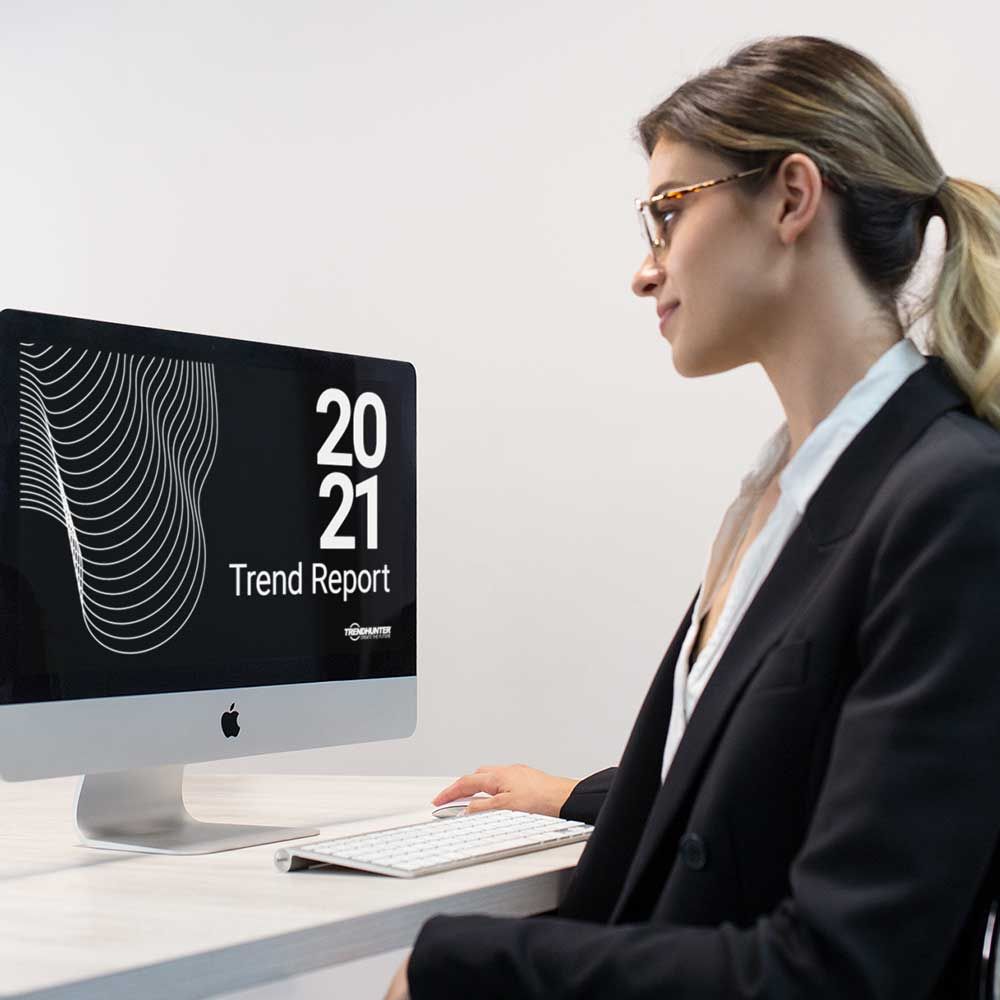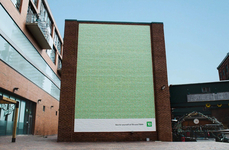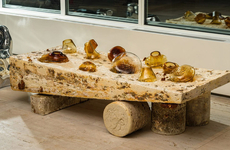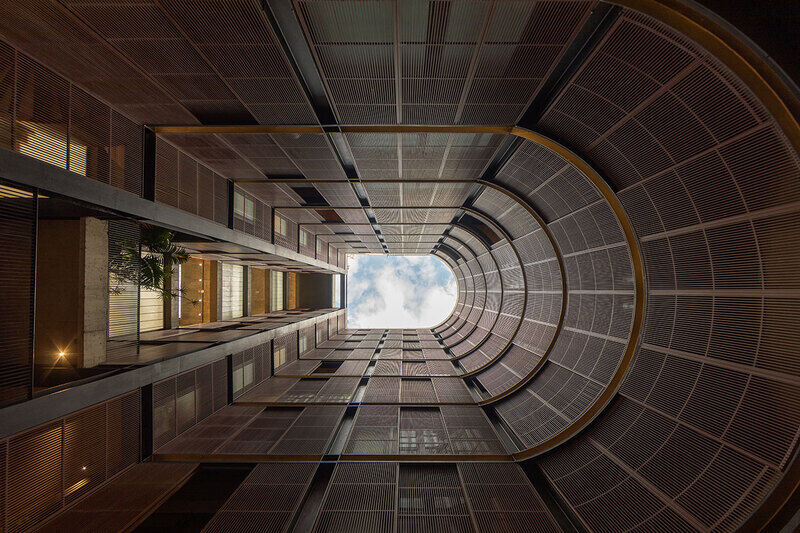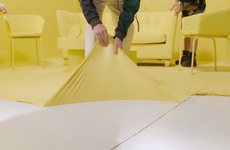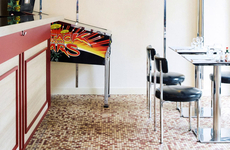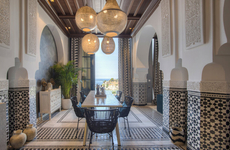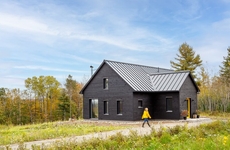
JSa Designs the Hotel Volga in Cuauhtémoc, Mexico City
Amy Duong — September 12, 2024 — Art & Design
References: redirect.viglink & design-milk
Emerging design firm JSa has completed the Hotel Volga right in the central Cuauhtémoc neighborhood. It is in Mexico City and is defined by its U-shaped atrium at the center of its structure. It is also clad with an iron facade for a unique experience. The main feature extends down from the basement traveling up to the skylight which turns the open-air ground floor into a spacious hub.
It features 49 standard rooms and 33 deluxe guest rooms with iron screens that allow a unique social interaction through the different rooms. The co-principal of the studio, Javier Sánchez shares, “This strategy is reminiscent of the traditional colonial cloisters that vibrant Mexican neighborhoods are built around. The amenities and vertical circulation of the building remain on the facade as a gesture that subverts the apparent hermeticity of the building by hinting at the vitality of its interior without completely revealing it.”
Image Credit: JSa
It features 49 standard rooms and 33 deluxe guest rooms with iron screens that allow a unique social interaction through the different rooms. The co-principal of the studio, Javier Sánchez shares, “This strategy is reminiscent of the traditional colonial cloisters that vibrant Mexican neighborhoods are built around. The amenities and vertical circulation of the building remain on the facade as a gesture that subverts the apparent hermeticity of the building by hinting at the vitality of its interior without completely revealing it.”
Image Credit: JSa
Trend Themes
1. Atrium-centric Architecture - Hotels designed around a central atrium can create dynamic social hubs that enhance guest interaction and communal experiences.
2. Iron Facade Design - Utilizing iron facades in hotel architecture can offer a unique aesthetic that balances modern style with historical references.
3. Colonial Design Revival - Incorporating traditional colonial design elements in modern buildings can evoke cultural heritage while attracting guests seeking an authentic experience.
Industry Implications
1. Hospitality - Modern hotel designs that integrate innovative architectural features can significantly enhance the guest experience and differentiate properties in a competitive market.
2. Architecture - Architectural firms can adopt unique structural and design elements, such as central atriums and iron facades, to create visually distinctive and functional spaces.
3. Tourism - Tourism agencies can promote destinations with hotels that blend modern and traditional design, attracting travelers interested in unique and historically-inspired stays.
3.4
Score
Popularity
Activity
Freshness
